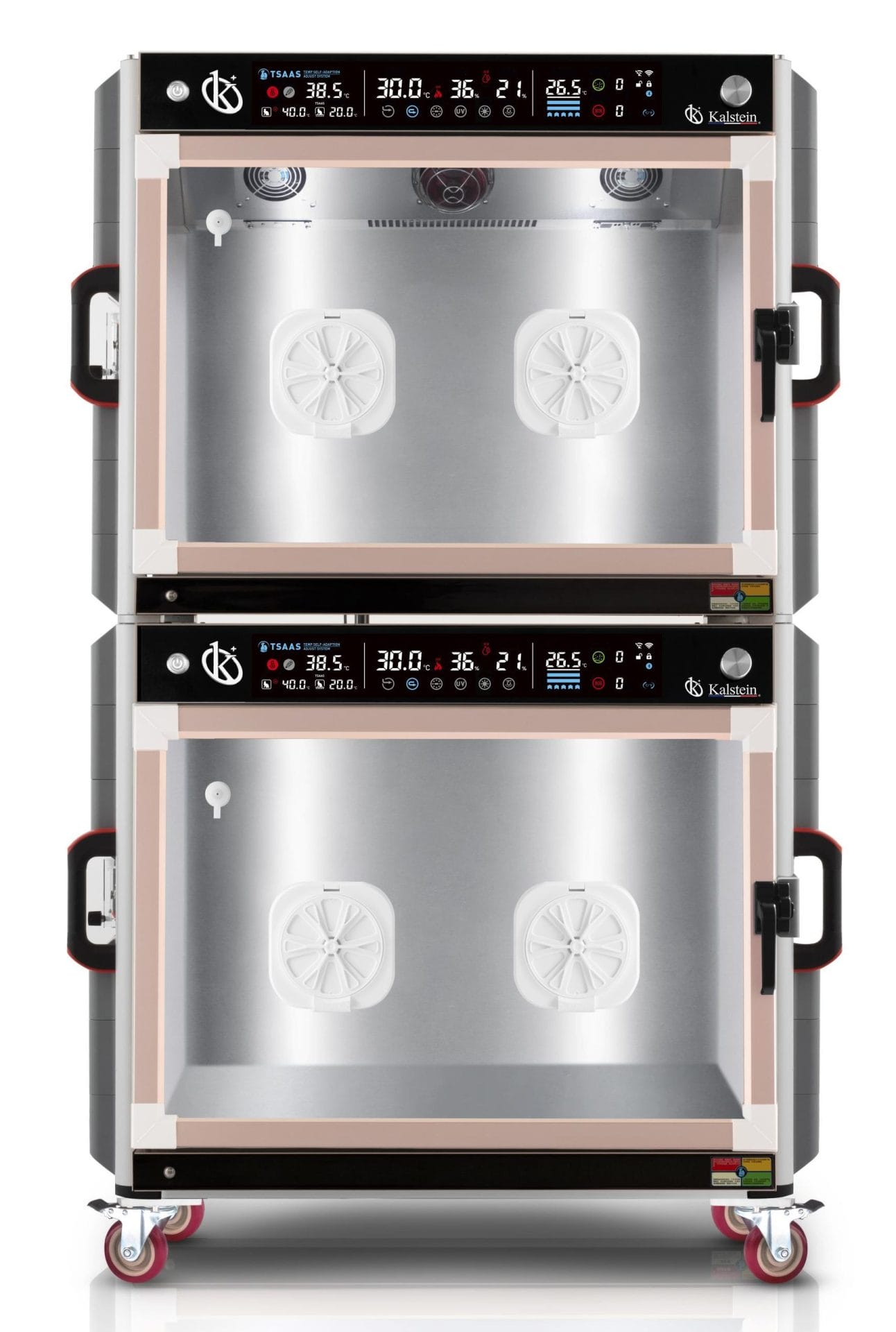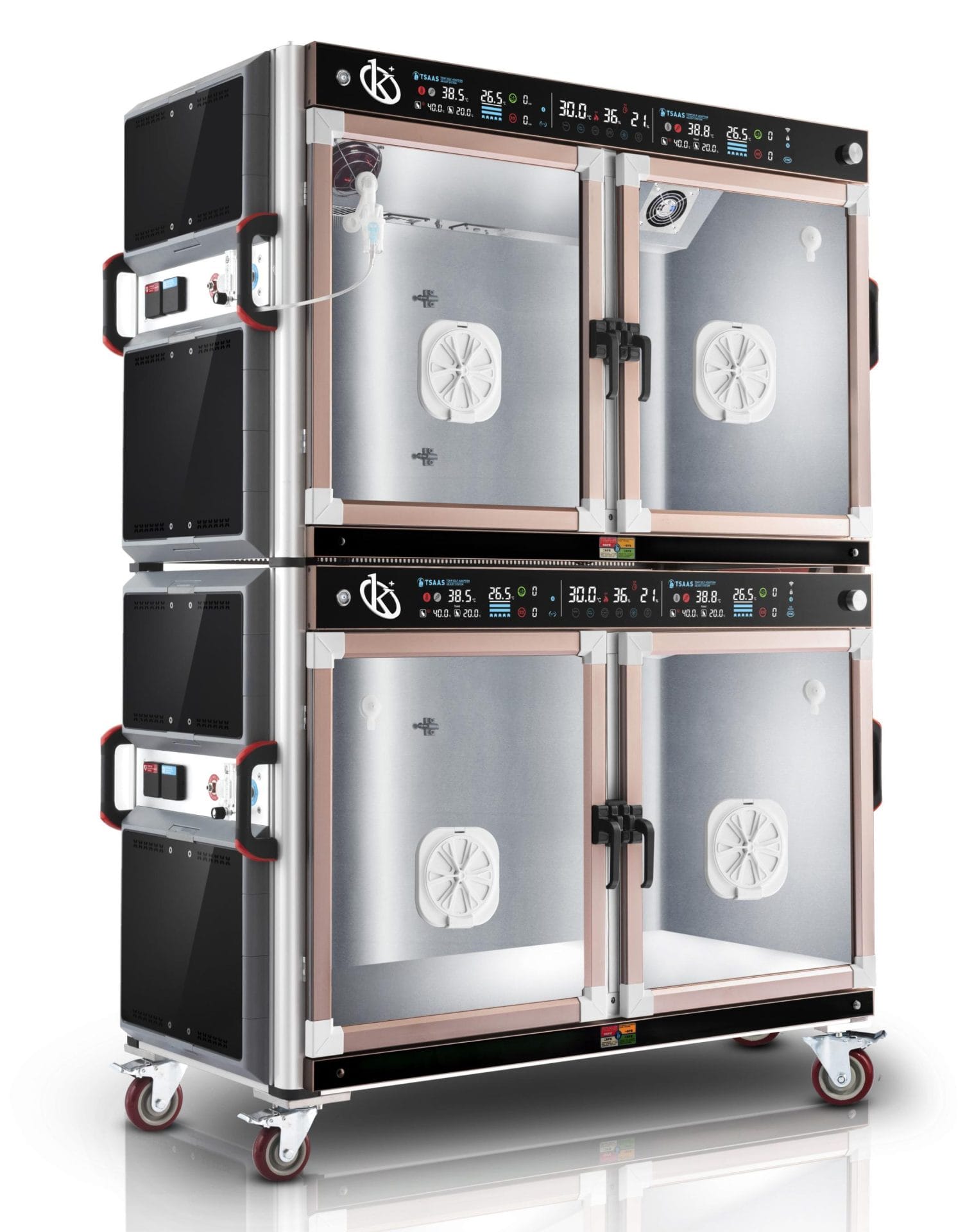Chillers are used in many laboratories for a wide variety of important purposes, from improving the precision of experiments to improving the safety of laboratory personnel. They are teams with many uses and important benefits. Depending on the needs of the laboratory, there are different types of chillers that can be used. In this article, we will focus on recirculating coolers.
What is a recirculation cooler?
A recirculating chiller is a type of high-efficiency closed cooling system used in external cooling applications. These cooling systems are ideal for laboratory applications that require continuous use. Its main function is to eliminate mechanical or electrical heat, operating under the principle that the temperature of an object or system is controlled by the flow of heat in or out. Most recirculation chillers can operate at temperatures between -25ºC to 130ºC.
The chiller is generally used to provide constant low temperature conditions for inspections, chemical, biological and physical experiments that need to be carried out at low temperature, mainly used in the field of medicine, food processing, chemical industry and teaching in universities and colleges. research institutes.
How does a recirculating cooler work?
A recirculating cooler works by incorporating high pressure flow refrigerant circulation to speed up the process of removing heat from an object. These systems consist of four main components: a compressor, a condenser, a thermostatic expansion valve, and an evaporator.
The cooling process begins when a refrigerant gas is pumped into the compressor and turns into a gas at high temperature and pressure. The gas then travels to the condenser where the ambient air or water takes the heat from the refrigerant and condenses it from gas to liquid.
In its liquid state, the refrigerant passes through the thermostatic expansion valve where the pressure and temperature drop, causing the fluid to evaporate and turn into gas. When returning to the gas state, the refrigerant returns to the compressor and the process begins again. Because it is a continuous service, recirculating chillers do not waste any coolant or water during the entire process. It is important to note that this process may vary slightly depending on whether the recirculating chiller has an air or water cooled condenser.
At Kalstein we are MANUFACTURERS of laboratory equipment of the highest quality and designed with the best technology, and we offer you a wide range of recirculation coolers, at the best PRICES. That is why we invite you to take a look HERE




